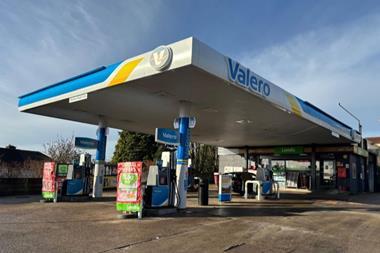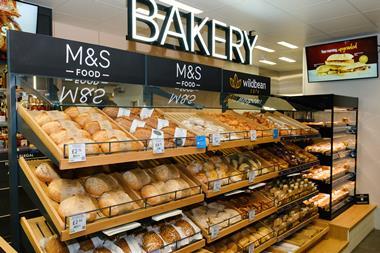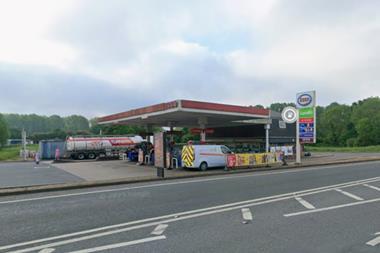Last month, while trying to fathom out Shell’s kamikaze fuel pricing policy, I posed the question ’Do you have to keep your fuel price highly competitive in order to sustain your c-store turnover?’. Now they say that, when cross examining, a good barrister never asks a witness a question that he doesn’t already know the answer to and I’m beginning to wish I had remembered that advice. As Shell continues to increase its blitzkrieg on the independent dealers’ margin, and as I continue to struggle to understand what the hell it is up to, I can’t stop this bloody question rattling around in my head.
The problem is that the more I analyse it, the more puzzled I become. Like all good conundrums, the difficulty is in the detail. Firstly you have to accept that any site’s customer base is going to be made up of a mixture of different types of shopper. To begin with there is the split of where the customers live - are they local or transient? Then there’s whether they are regulars or whether they are one-time-only visitors.
From the c-store perspective, the most highly prized customer has to be the one that lives locally and shops regularly and often. What wouldn’t we all give for an extra couple of thousand of these? Then there is the transient regular - they are only in your area every so often but, for whatever the reason, when they are around your way it’s your site they visit. The one-visit shoppers are also split between those who just happen to be passing you by chance and those who live locally but usually shop elsewhere.
The shopping decision as such is a factor of the overall offer provided by the retailer. Is the shop open for the right hours? Does it stock the range of products the customer wants? Can they find them? Are they at an acceptable price? How pleasant is the shopping experience vis-à-vis the attitude of the staff, the speed of service and the ease of parking? And, most importantly, how do all of these rank against the offer being provided by the competition?
So how does the price of fuel fit into the grid of customer type and the attractiveness of the overall convenience store offer? I would suggest that for the local regular it has only a small part to play. On many of their visits they’re not buying fuel - provided that when they do need to fill up the price is acceptable, they are happy. What about the transient regular? Here the price of fuel may well be more important, but the reason these people are regulars is because other parts of the overall package you are offering appeal to them. This is especially so since, as they are transient, the number and geographical spread of sites that can be considered as competitors is that much greater.
It seems to me that the only categories of shopper that are going to be greatly influenced by the fuel price are the local and transient one-off customers. They are the ones that wouldn’t normally stop but something has made them do so on this occasion. In both cases it is very unlikely that it is the shop offering that has influenced the decision. The local customer has probably been on the site before but doesn’t choose to shop there regularly - a competitor normally provides an overall offer that better suits his needs. The transient customer certainly doesn’t know what is being offered other than some vague association of experiences of visiting other Shell sites. Let’s face it, none of the oil company shops has built a great brand awareness of their own. Maybe BP has achieved some cachet with Wild Bean but we’re not exactly talking Marks & Spencer. The reason the transient one-off customer has stopped is because he needs petrol and the site is there or because of the price attraction.
Having been initially attracted by the fuel price, is the one-off customer likely to be converted into a regular? You’ve visited the shops on Shell sites - so what do you think?
Season’s greetings to you all.



























No comments yet